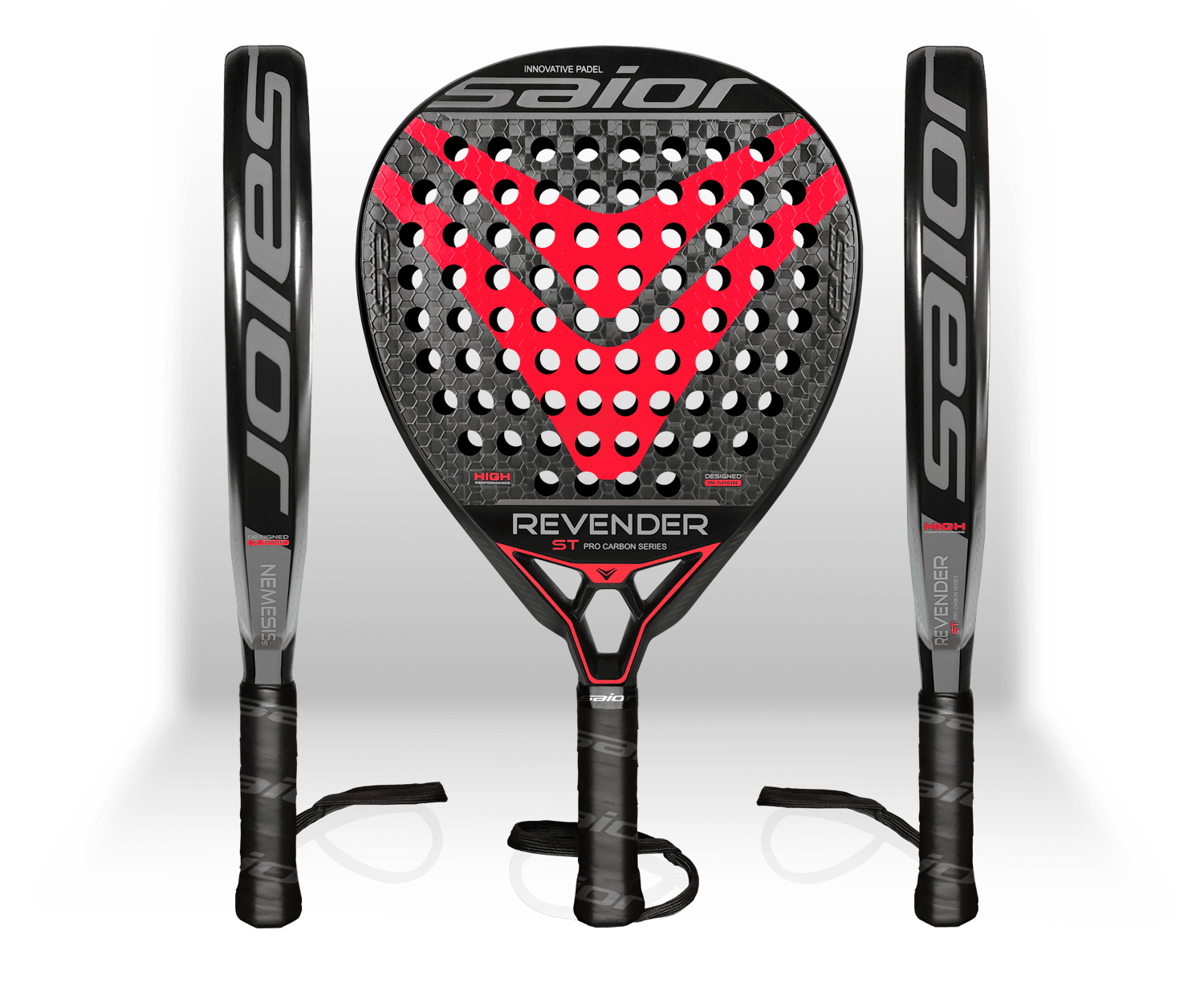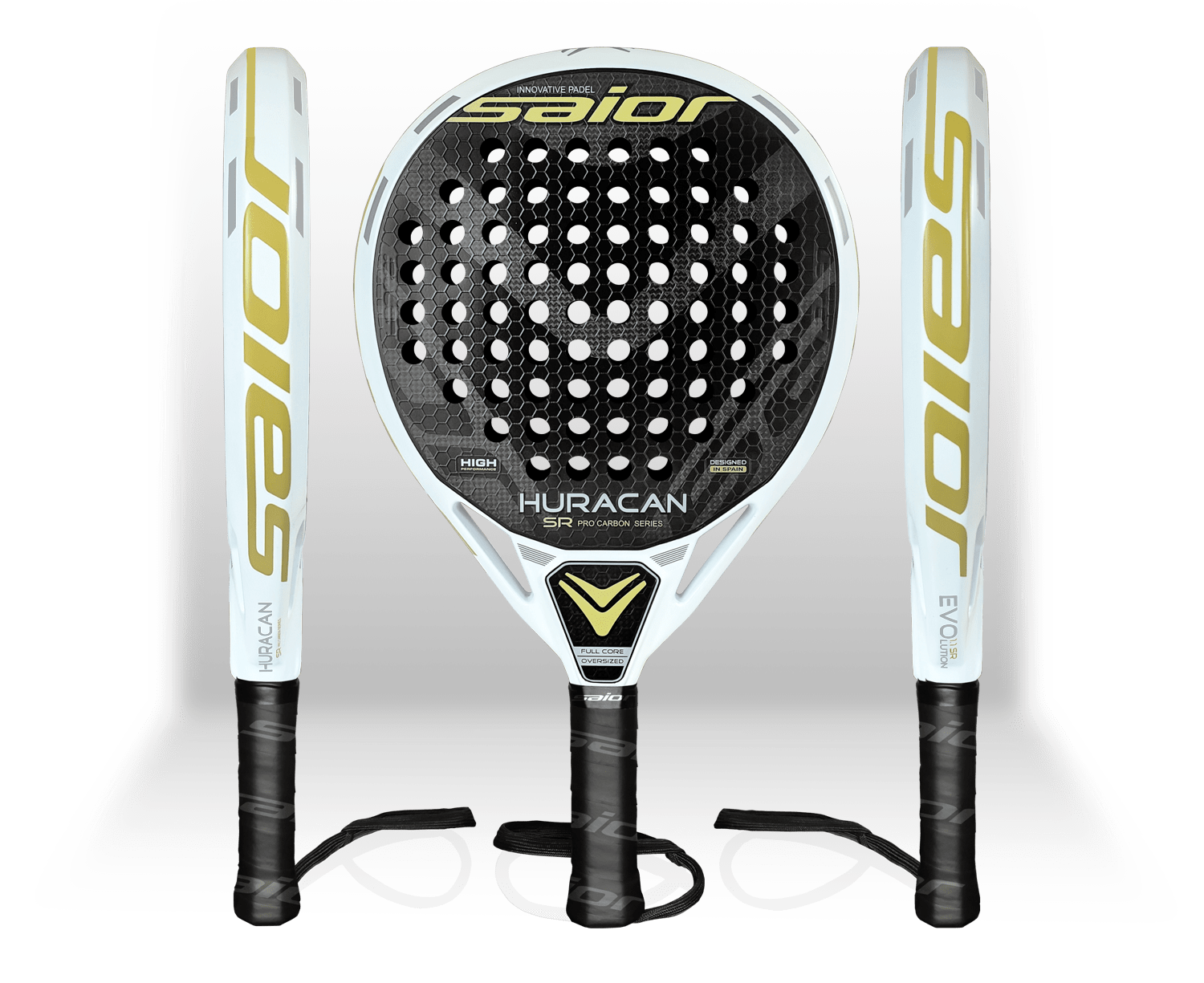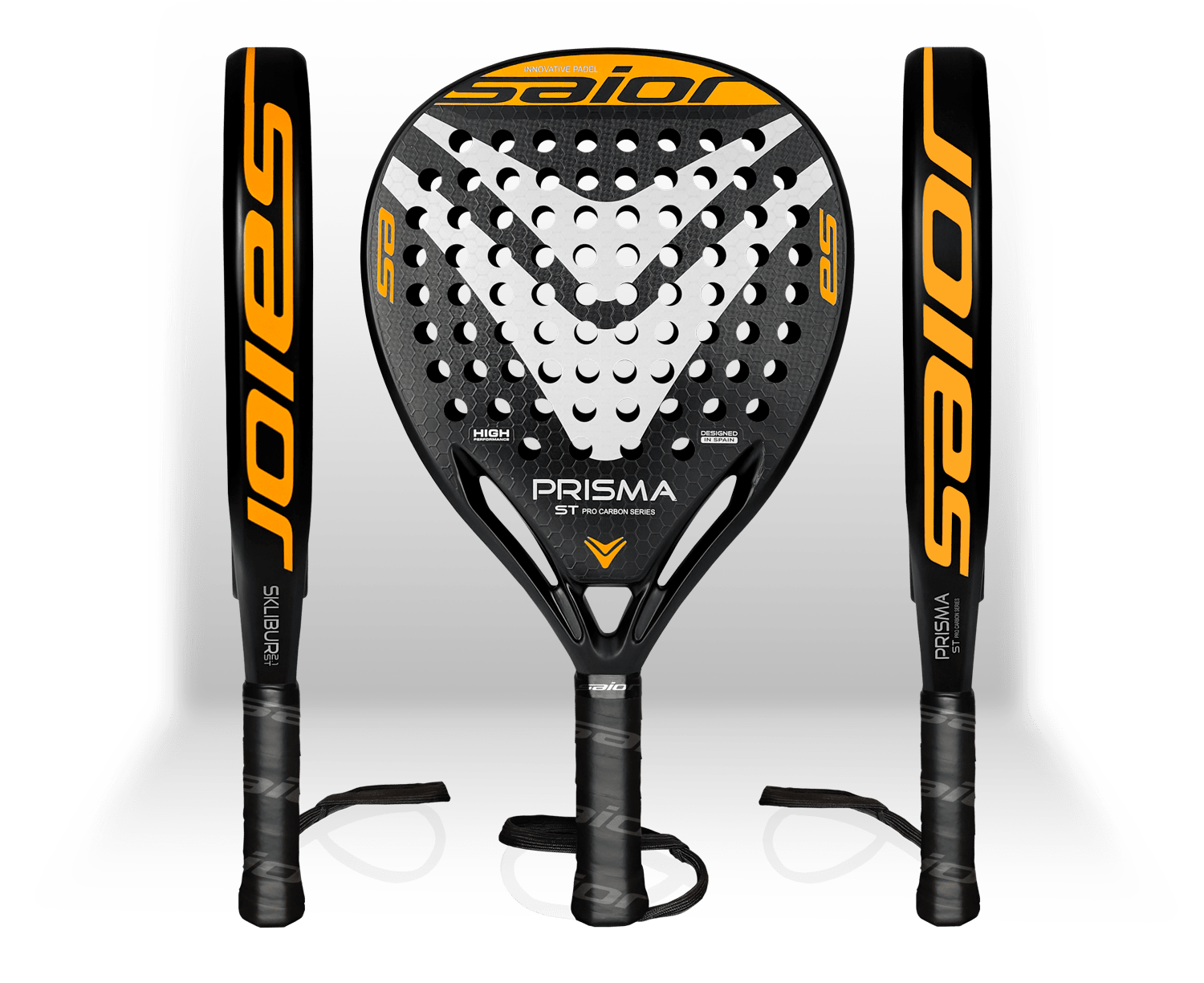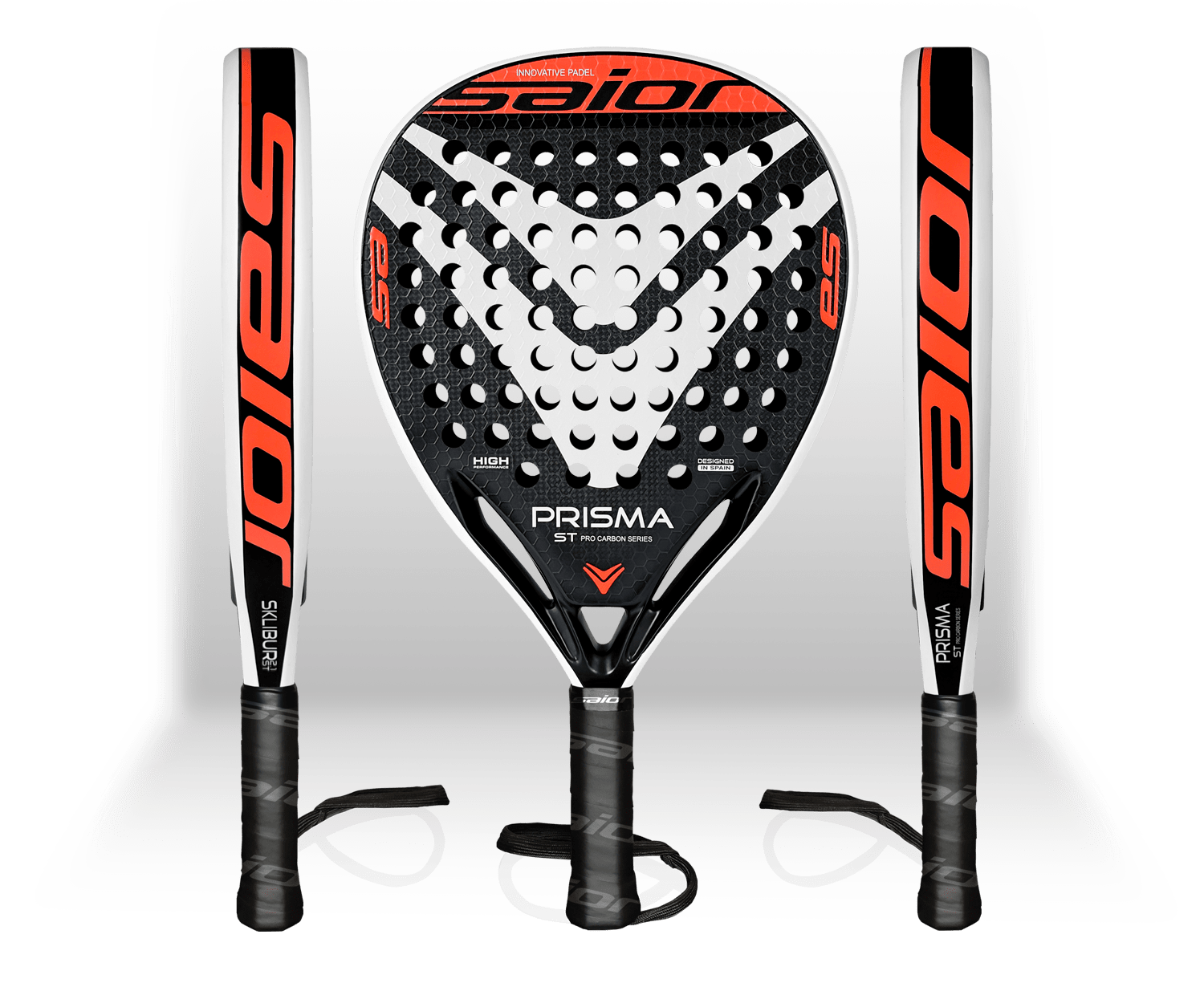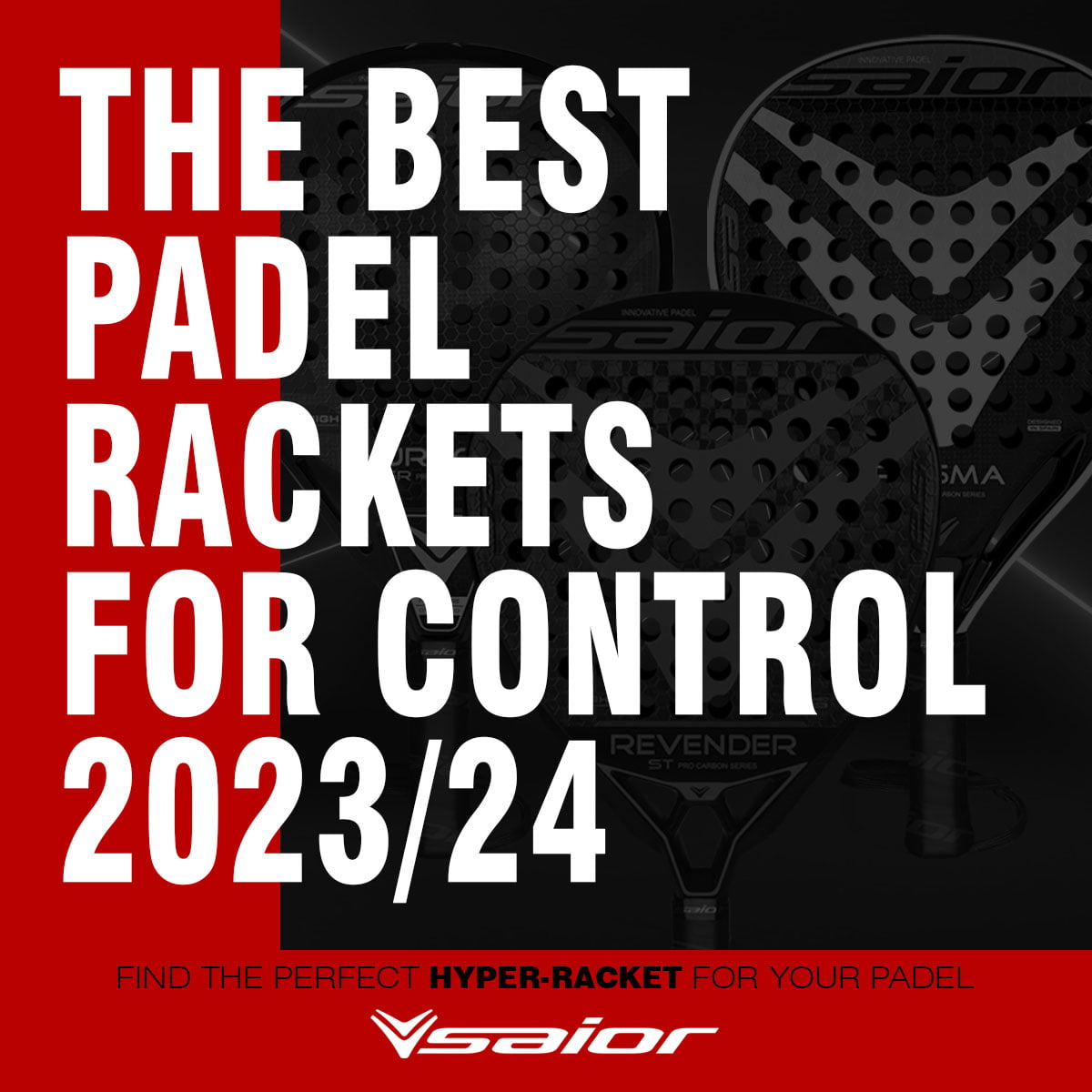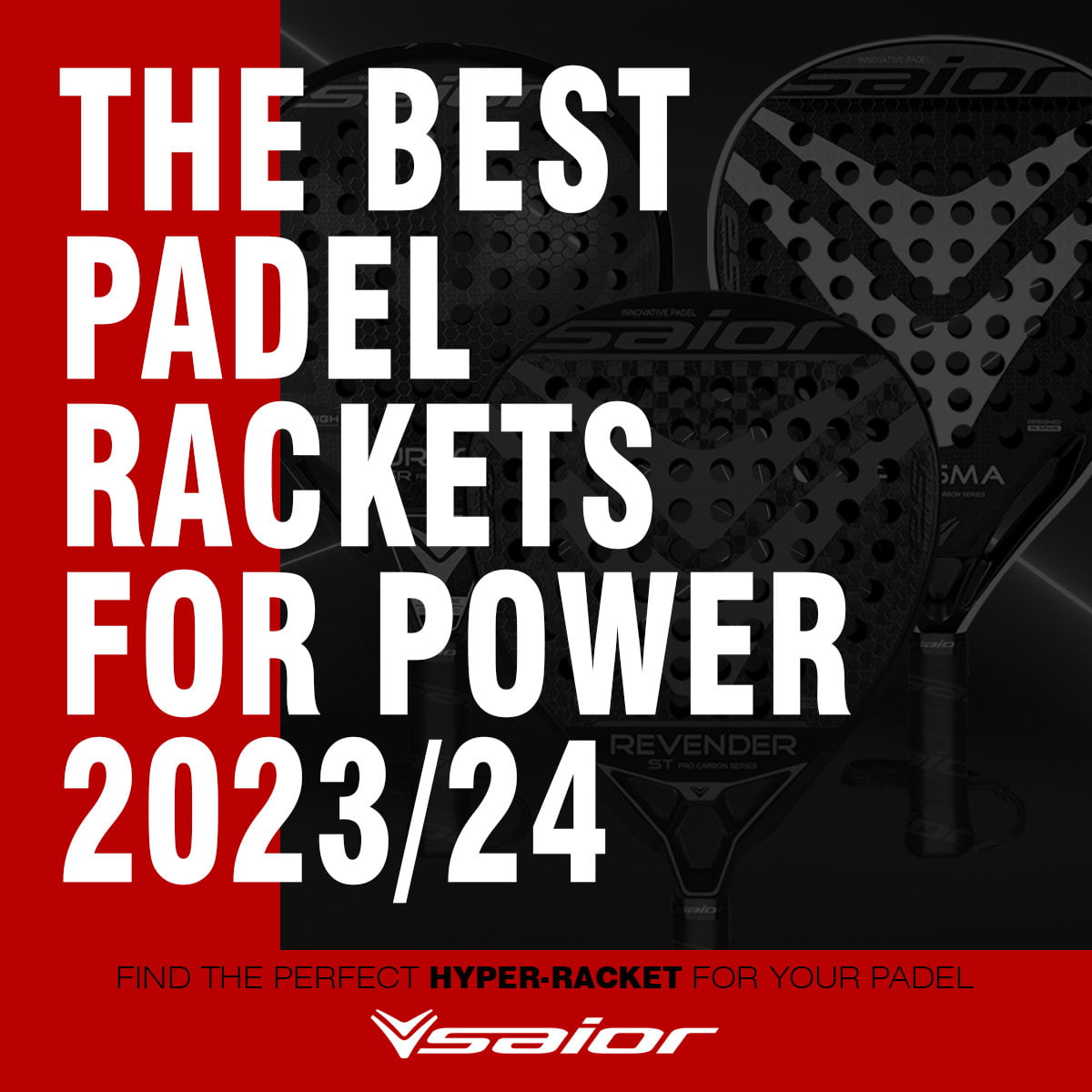Adapted Paddle: a sporting activity for everyone
Adapted paddle tennis is a type of paddle tennis that allows people with disabilities or reduced mobility to practice this sport. It is an activity that offers numerous benefits for health and well-being, such as improving physical condition, motor coordination and self-esteem.
What is adapted paddle tennis?
Adapted paddle tennis is practiced in a similar way to traditional paddle tennis, but with some adaptations to facilitate the participation of people with disabilities. These adaptations may include:
• Larger courts: Adapted padel courts are larger than traditional courts, allowing players with reduced mobility to move more easily.
• Lower net: The adapted paddle net is lower than the traditional net, which makes it easier to hit the ball.
• Larger balls: Adapted paddle balls are larger and heavier than traditional balls, which makes them easier to hit.
• Adapted material: In some cases, players with disabilities may need to use adapted material, such as special wheelchairs or adapted Paddle Blades.
Benefits of adapted padel
Adapted paddle tennis offers numerous benefits for the health and well-being of people with disabilities, including:
• Improved physical condition: Adapted paddle tennis is a complete physical exercise that helps improve strength, resistance and flexibility.
• Improved motor coordination: Adapted paddle tennis requires good motor coordination, which can help improve the motor function of people with disabilities.
• Increased self-esteem: Adapted paddle tennis is a social activity that can help people with disabilities feel included and increase their self-esteem.
How to practice adapted paddle tennis
To practice adapted paddle tennis, it is important to find a center or club that offers this modality.
The FEP has developed a regulation for adapted padel that establishes the basic rules for the practice of this sport. This regulation includes provisions on the size of the courts, the height of the net, the weight and size of the balls, and the adapted material that can be used.
Product features to facilitate practice
In addition to the adaptations mentioned above, there are other products that can facilitate the practice of adapted paddle tennis. These products include:
• Special wheelchairs.
There are special wheelchairs designed to play adapted paddle tennis. These chairs have smaller wheels and a lower seat, making it easier to move around the court.
• Adapted Paddle Blades.
There are adapted paddles designed for people with disabilities. The characteristics of the Adapted Paddle or Chair Paddle Racquets must be the following:
– Wider grip.
– Medium/low balance.
– Low weight between 340 to 365.
– Medium/Soft hardness or density.
– Hybrid construction of Carbon Fiber and Glass.
THE BEST PADEL RACKETS FOR ADAPTED PADEL OR CHAIR PADEL
Among the different factors that can worsen the game of Paddle Chair, we highlight that using an incorrect racket that is too heavy or having a grip that is too small can make it difficult to play the game and cause injuries typical of the sport of Paddle.
It is important to use a racket that is the right size and weight for you.
For this reason, we have created the best rackets for Adapted Paddle or Chair Paddle, 100% Carbon with low weights between 340g to 365g, Medium balance and medium and soft hardness for those players who want to decide between a Control or Power Racquet.
Discover the perfect HyperRacket to help you improve your game!
What are the models of Padel Rackets suitable for each type of Adapted player?
All Saior Paddle Racket models have been developed with technical characteristics to benefit, prevent injuries and help with Adaptability problems.
The models of Paddle Rackets, specific by type of game, are the following:
1. POWER MODELS. 100% Carbon and Medium Hardness Construction. Learn More
2. CONTROL MOLDELS. 100% Carbon and Soft Hardness Construction. Learn More
Conclusions
Adapted paddle tennis is a sporting activity that offers numerous opportunities for people with disabilities. It is a fun and beneficial activity that can help improve the health, well-being and self-esteem of people with disabilities.
Some tips for practicing adapted paddle tennis
• Start little by little: If you are new to adapted padel, start little by little and increase the intensity of your training gradually.
• Find a suitable partner: It is important to find a partner who has a similar level of play to yours.
• Use the right material: The right material can help you play more comfortably and safely.
• Don’t be discouraged: Adapted paddle tennis requires practice, but with effort and dedication, you can improve your skills and enjoy this sport to the fullest.
OTHER THEMES OF INTEREST, DON'T MISS THEM!
LIGHTEST PADEL RACKETS FOR WOMEN
As we all know, each type of paddle player needs a type of product that is most adapted to their needs and in this case it cannot be less. So it deserves your full attention.
PADEL RACKETS FOR EPICONDYLITIS
Epicondylitis or tennis elbow is a condition that affects the tendons found on the outside of the elbow. These tendons connect the muscles of the forearm to the elbow bone.
THE BEST PADEL RACKETS FOR CONTROL
When we refer to Control in the world of Padel, it is generally called the game that needs the type of player who requires a Padel racket with specific characteristics that give them Control in their game.
THE BEST PADEL RACKETS FOR POWER
When we refer to Power in the world of Padel, it is generally called the game that needs the type of player who requires a Padel racket with specific characteristics that give Power in their game.
JOIN THE COMUNITY
Sign up Now and LEARN ABOUT OUR LATEST NEWS AND ENJOY EXCLUSIVE OFFERS

